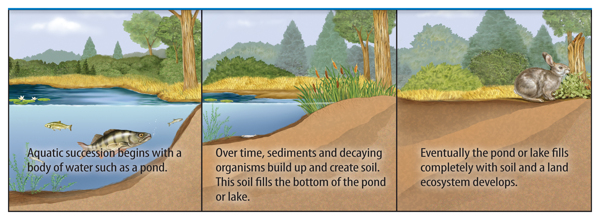Temperate Grassland Animals Food Web

The producer is grass because almost every animal here would not survive if there wasn't grass.
Temperate grassland animals food web. Temperate grassland food web top consumer eats all secondary consumers. A food chain indicates ‘who eats who’ and depicts a flow of energy. Five species exist, and and all have declined as a result of human settlement on their range.
In a grassland, the producers include grass, shrubs and trees, which are designated as plants that make their own food, also called autotrophs. The mouse eats the plants and the termites. Entered the temperate grassland biome, it could lead to devastating effects on the native organisms of the environment.
The amount of rainfall however determines the height of grasses in the grassland. If a type of grass, not native to the temperate grasslands, was growing around native grasses, the invasive grass could harm or kill the native grass and the the animals that eat the native grass. And the grass and flowers get their energy from photosynthesis, which they use to create their own food.
This is one endangered species int the grassland biome. Food webs consist of a number of interlinking food chains within an ecosystem. The main source of energy for this biome would be the sun.
The temperate grassland is distinguished from other biomes in four different characteristics. The fluctuations in the numbers. All food chains begin with a producer, an organism that can make its own food e.g.
Animals that live in temperate grasslands must adjust to dry terrain in which just 10 to 30 inches of rain falls per year, making temperate grasslands less diverse than the wetter savanna grasslands. The main source of energy in this food web would be the sun. Food web in this food web all the organisms originally get their energy from the plants except the plants who get their energy from the sun and pass it on as they get eaten.


















